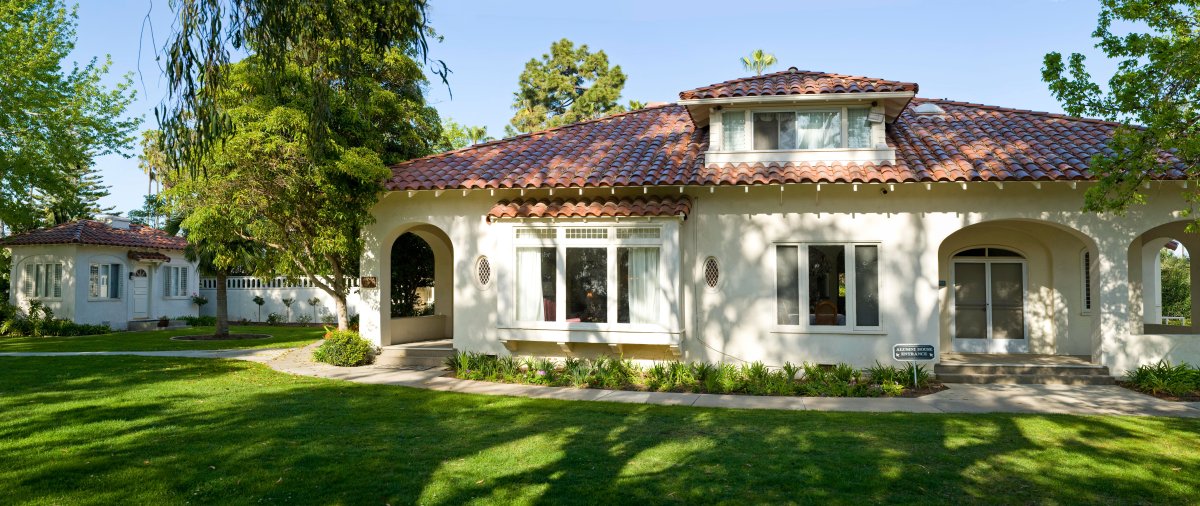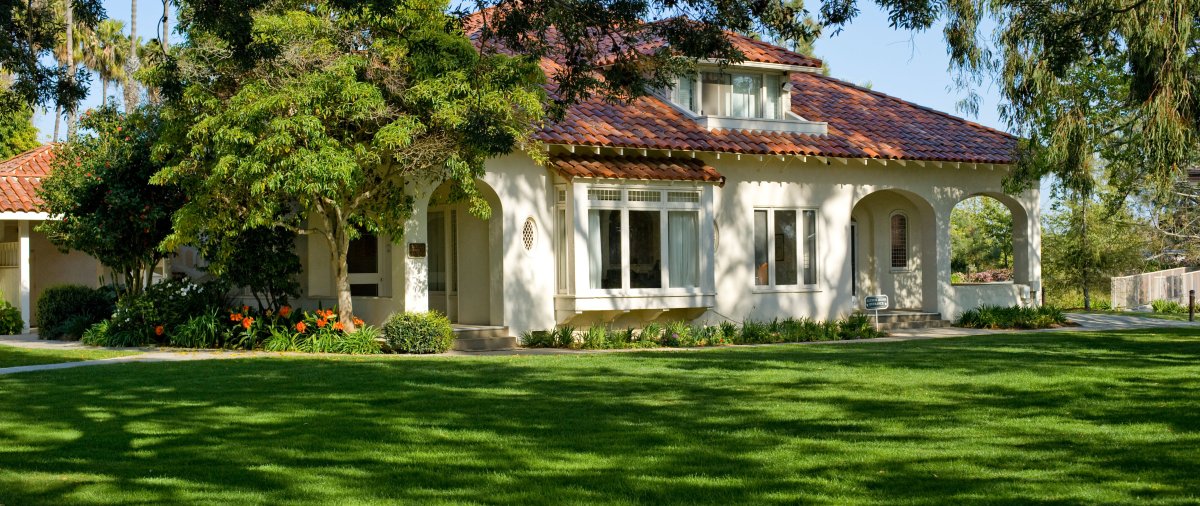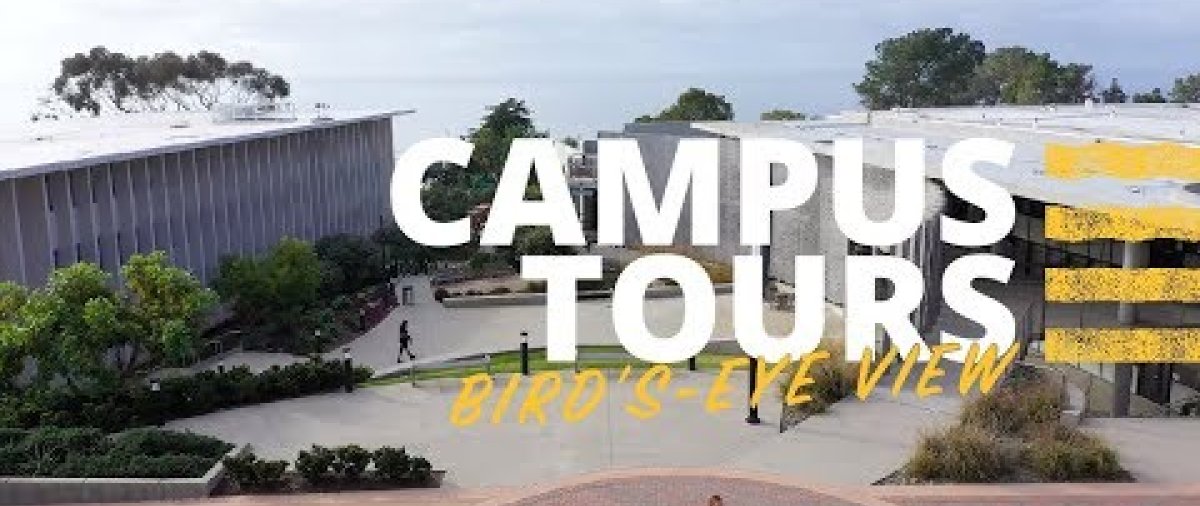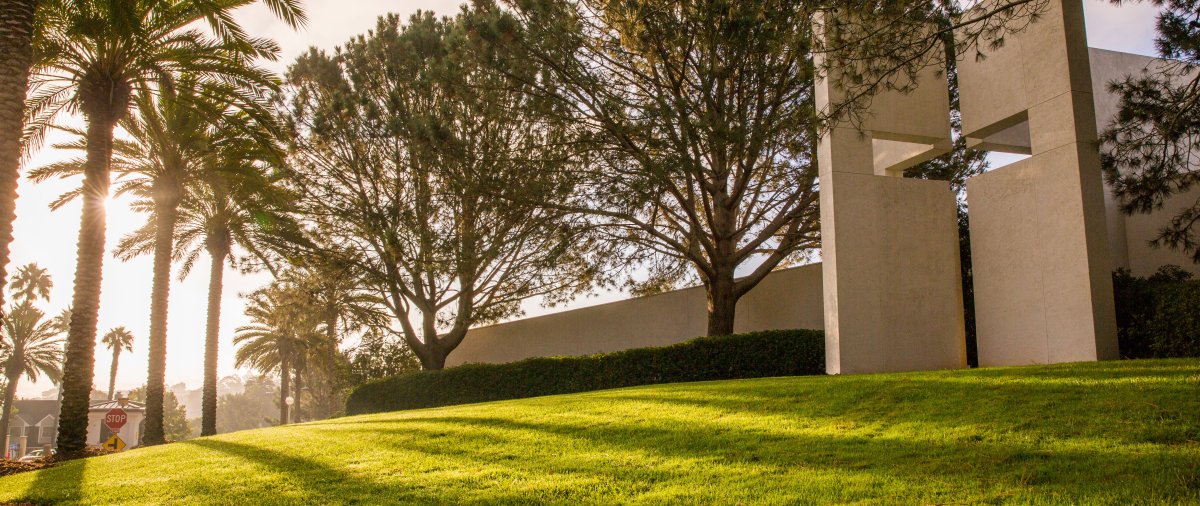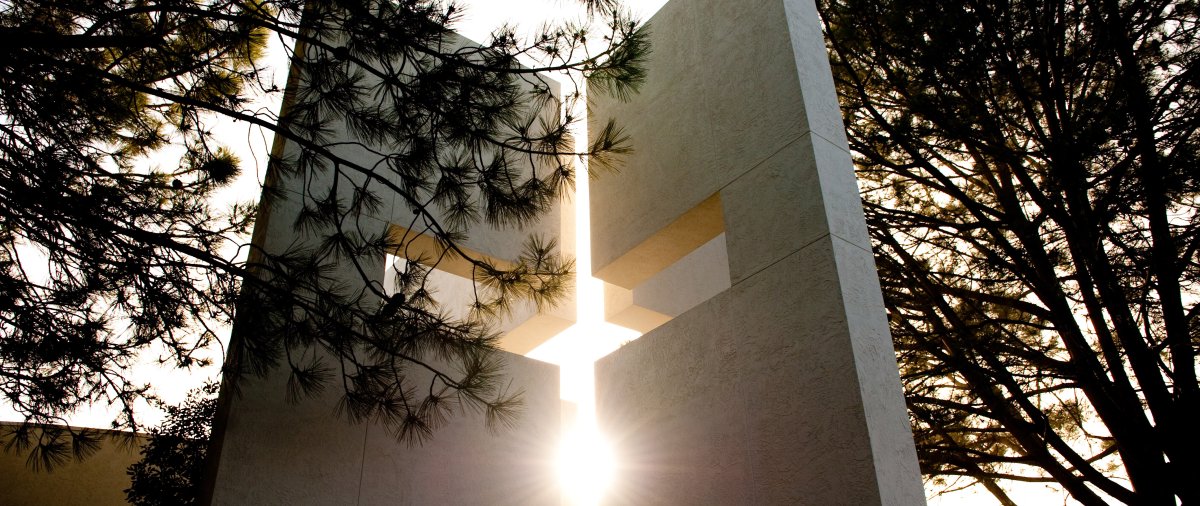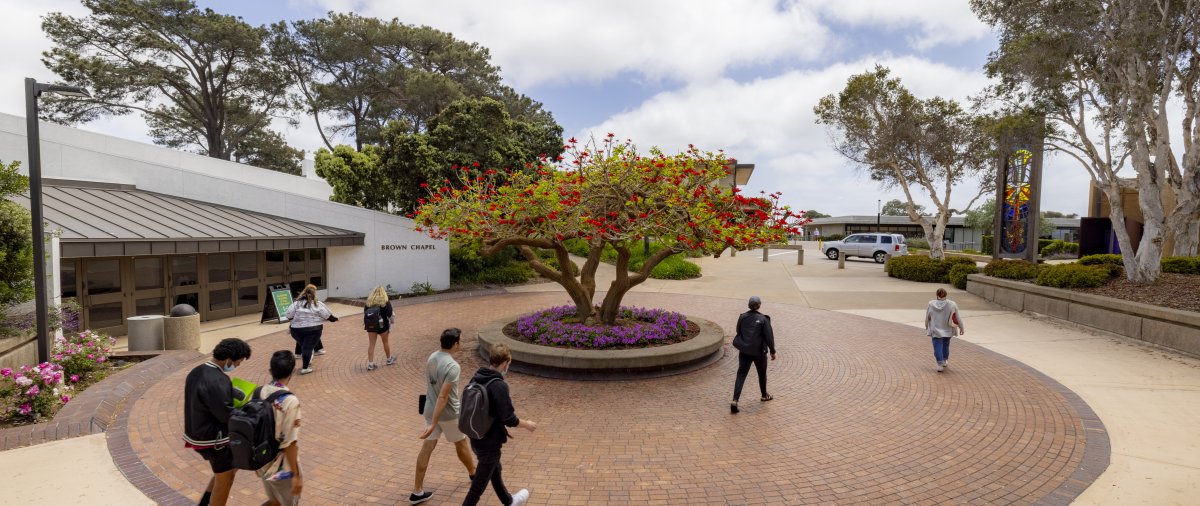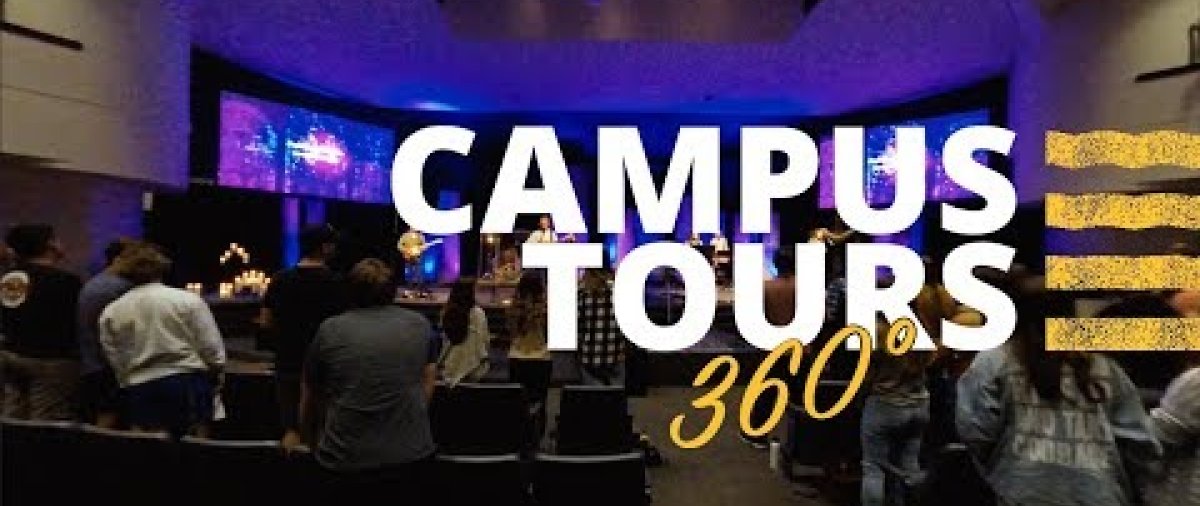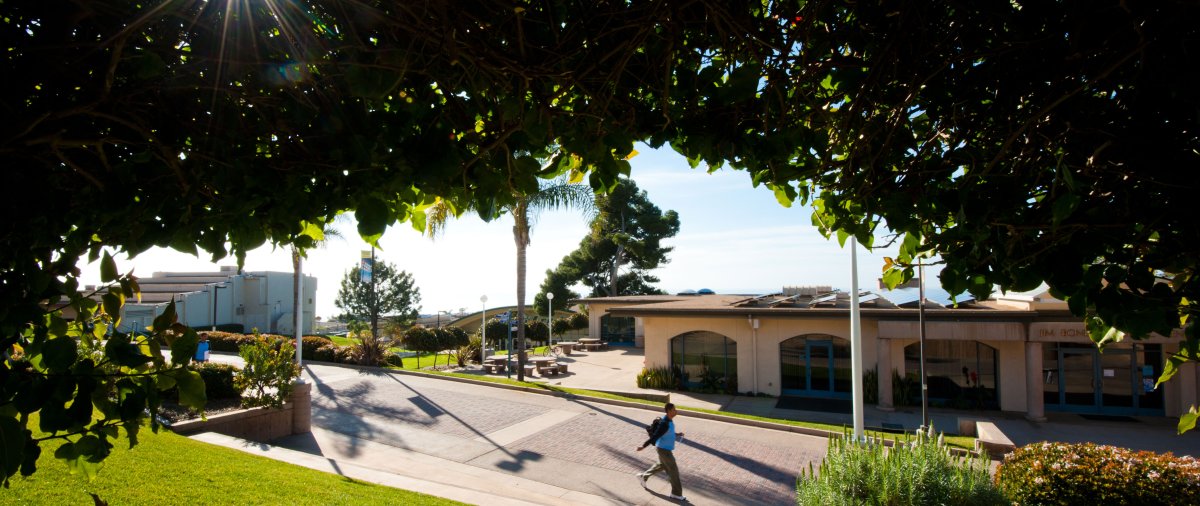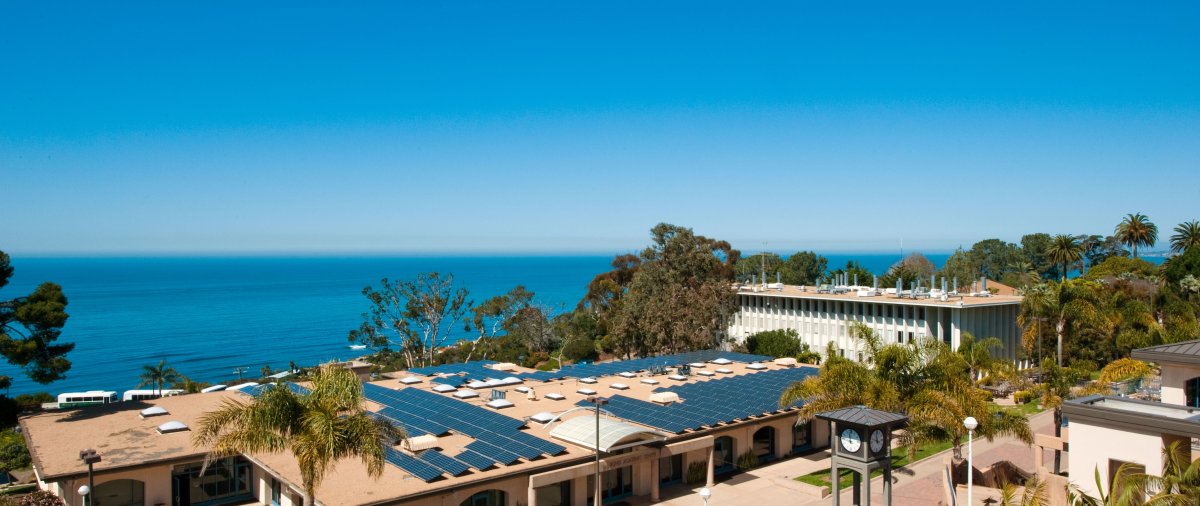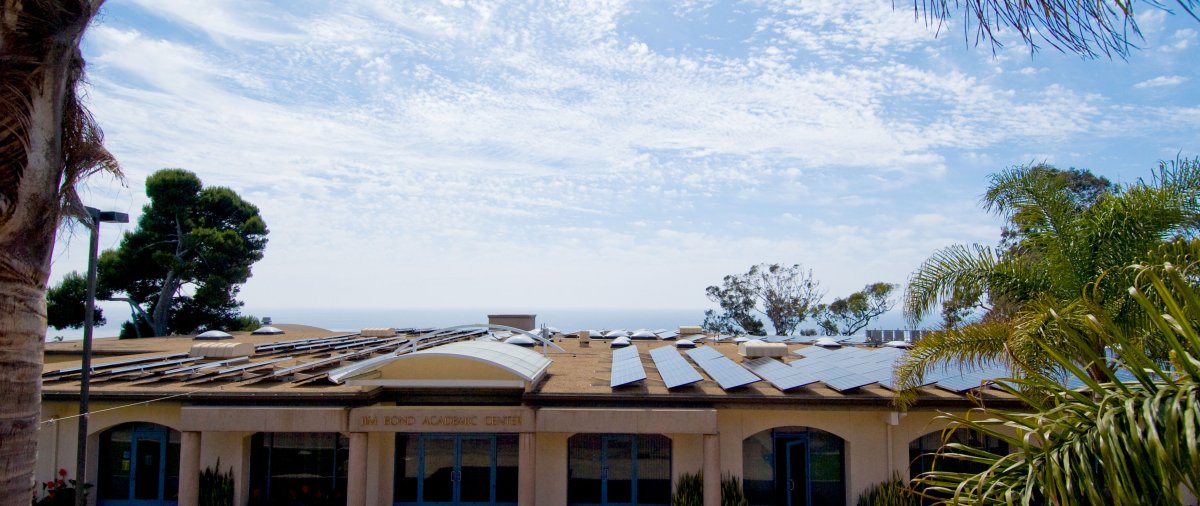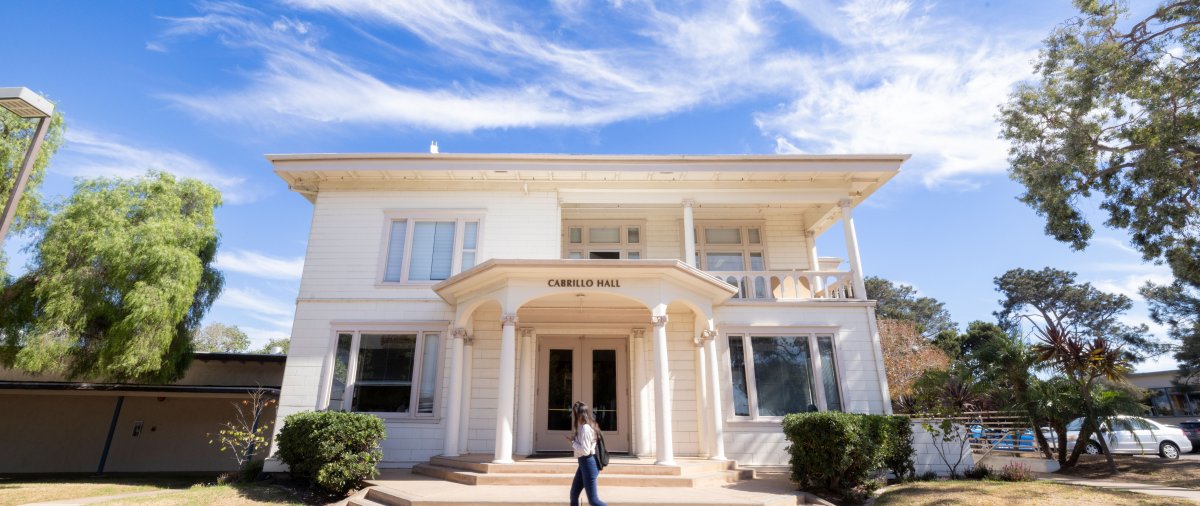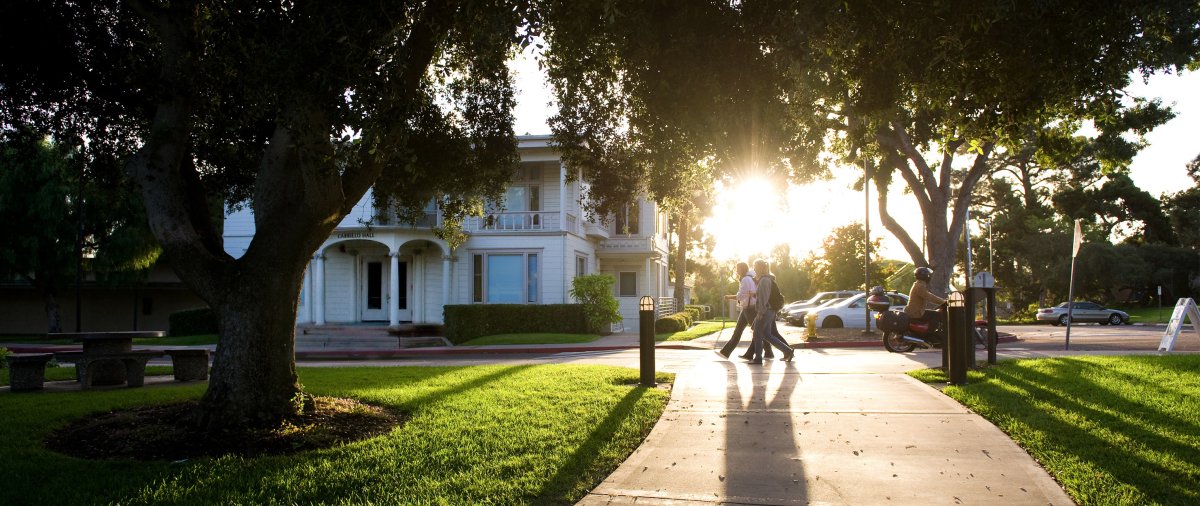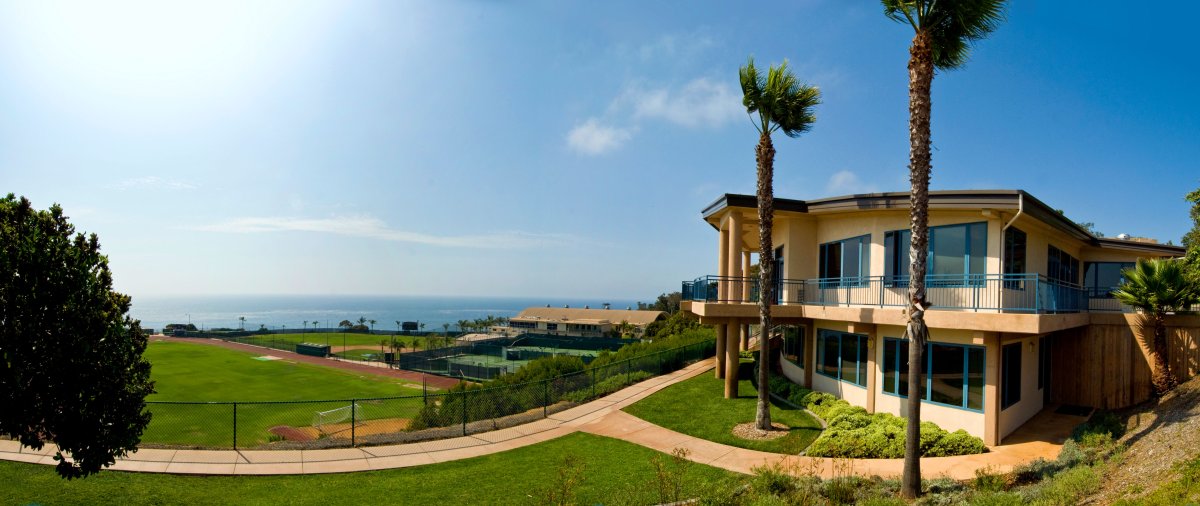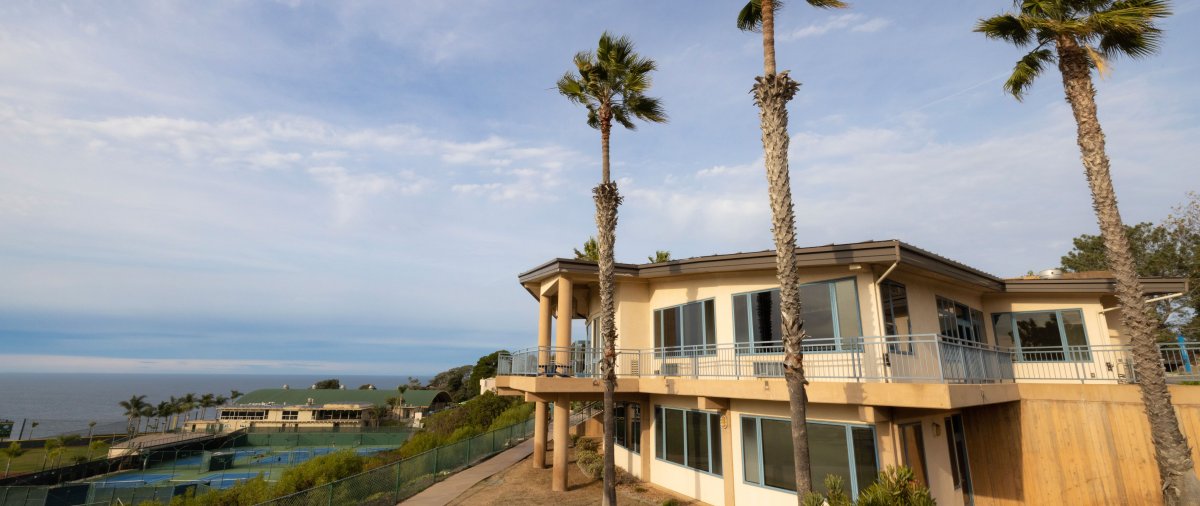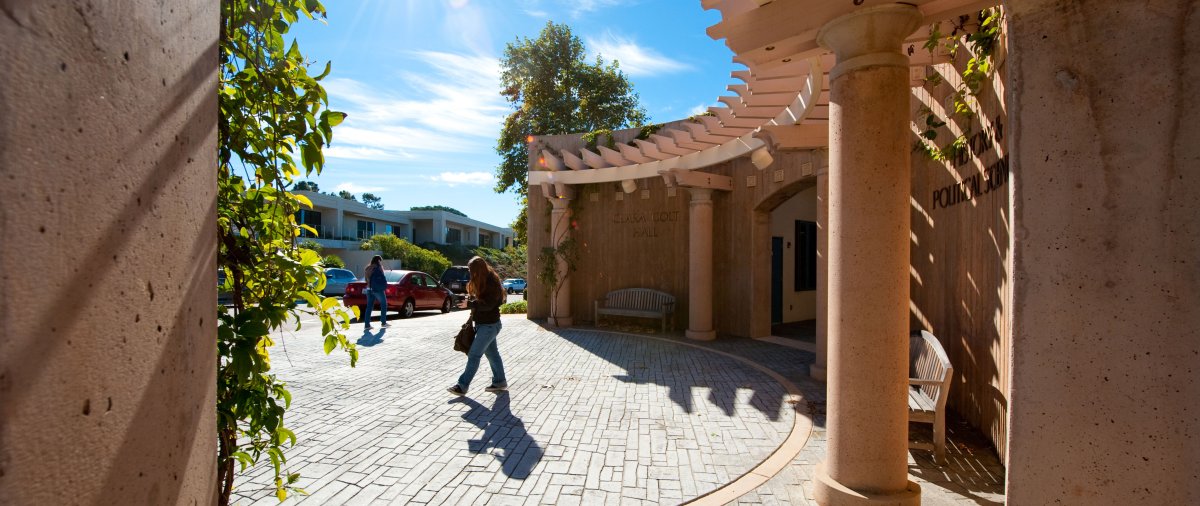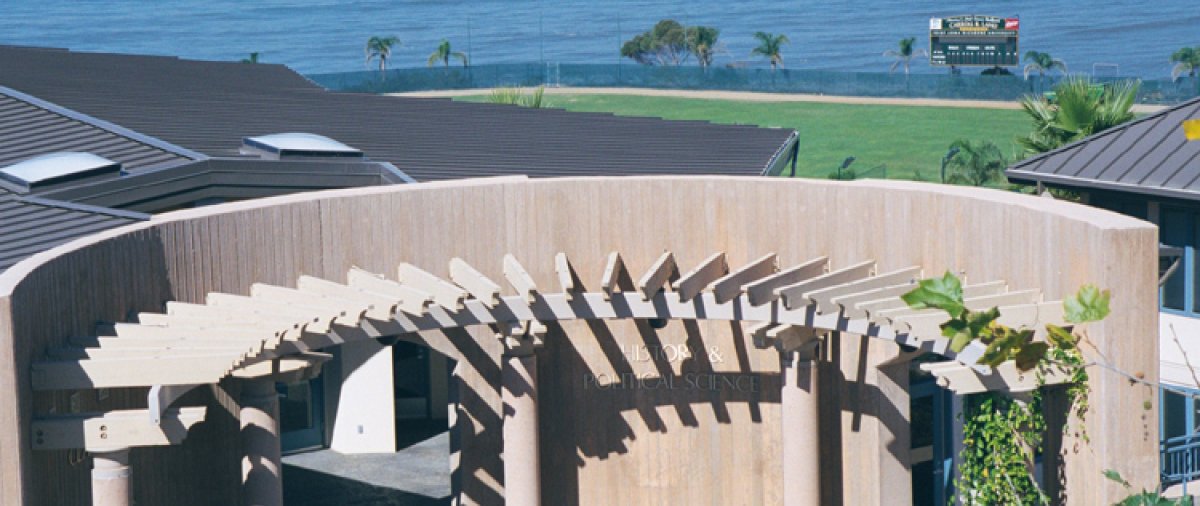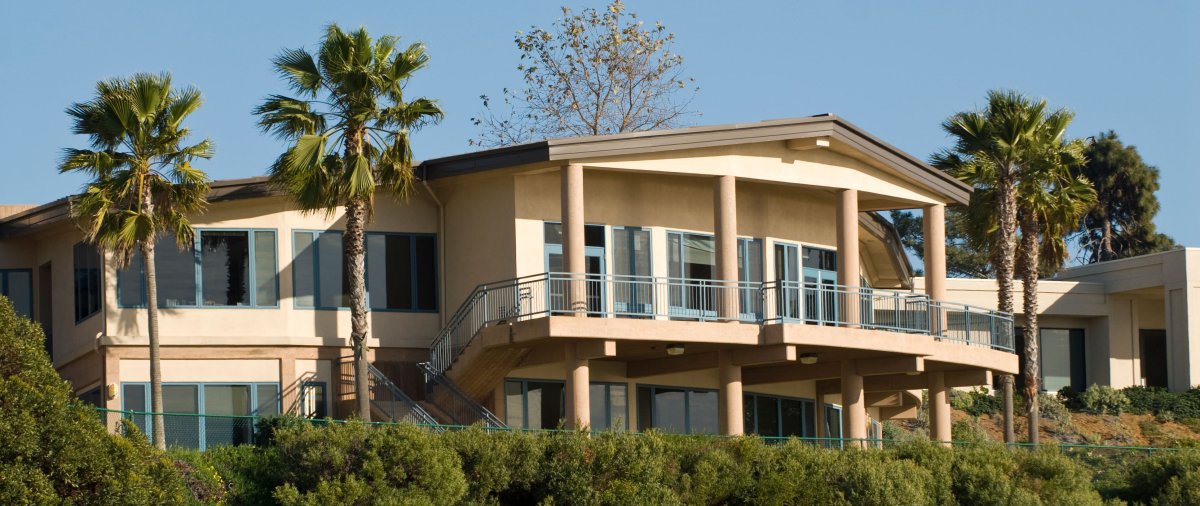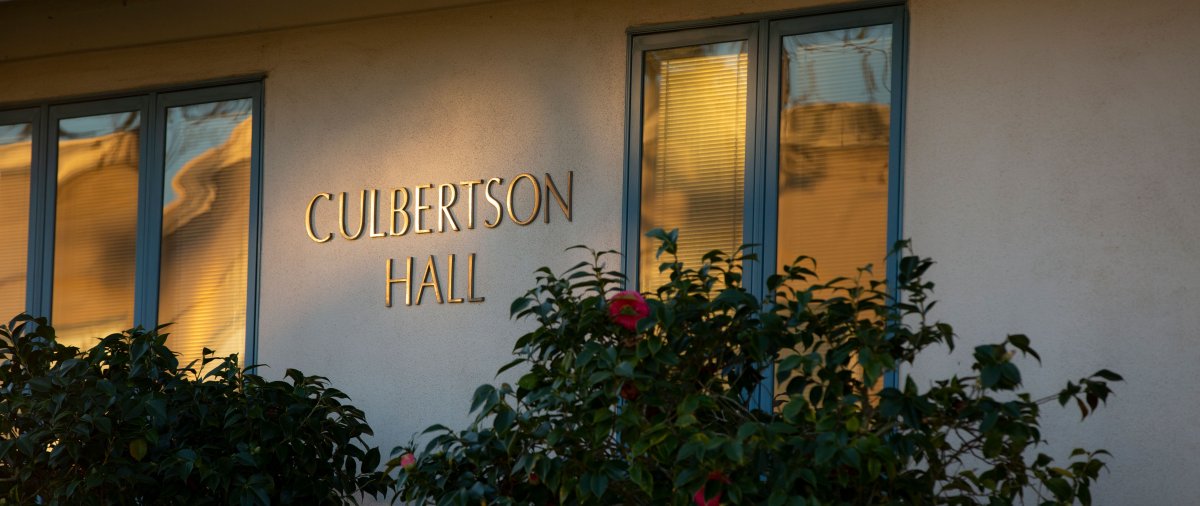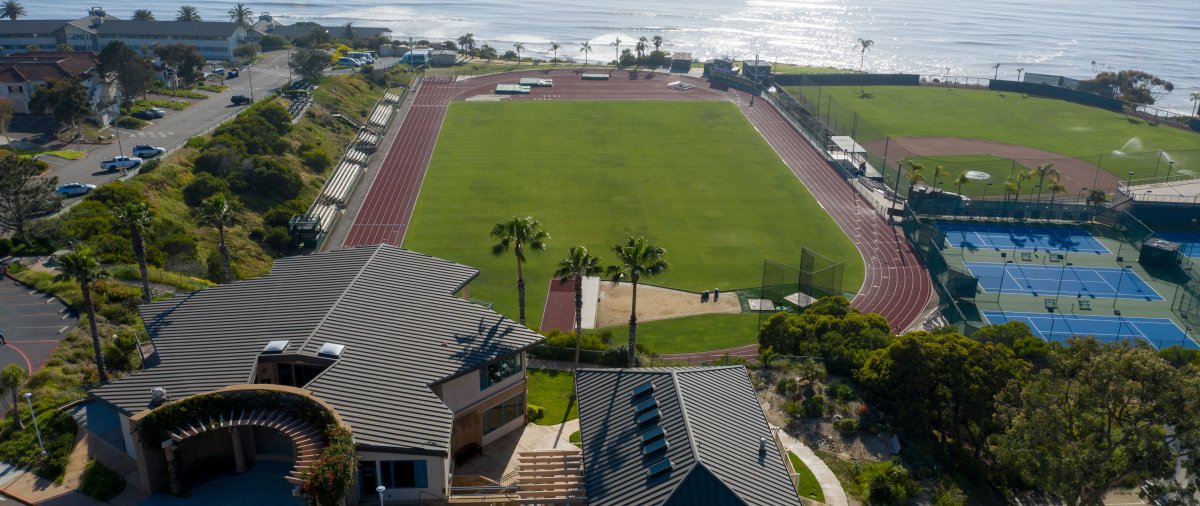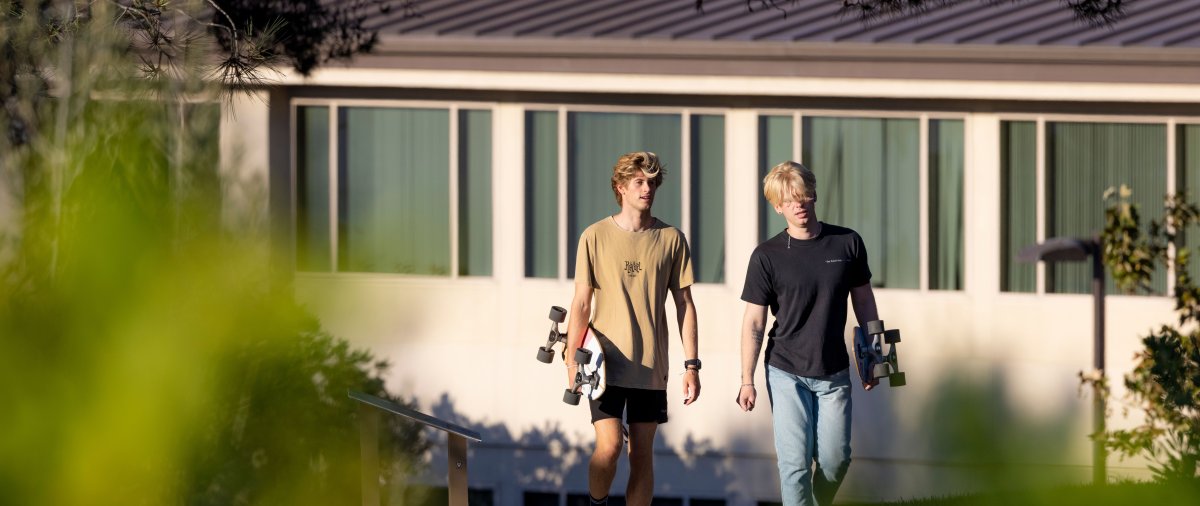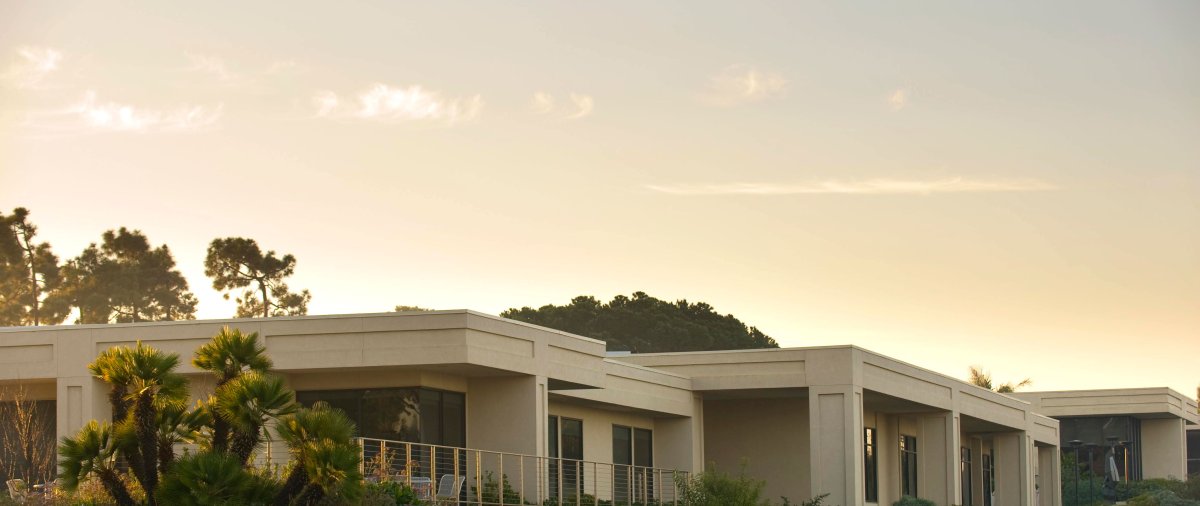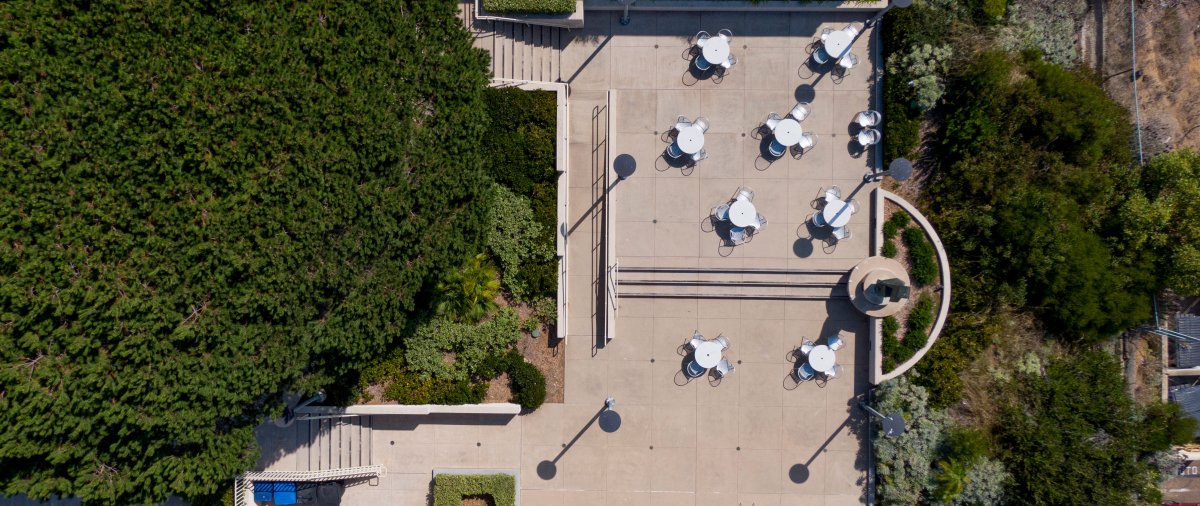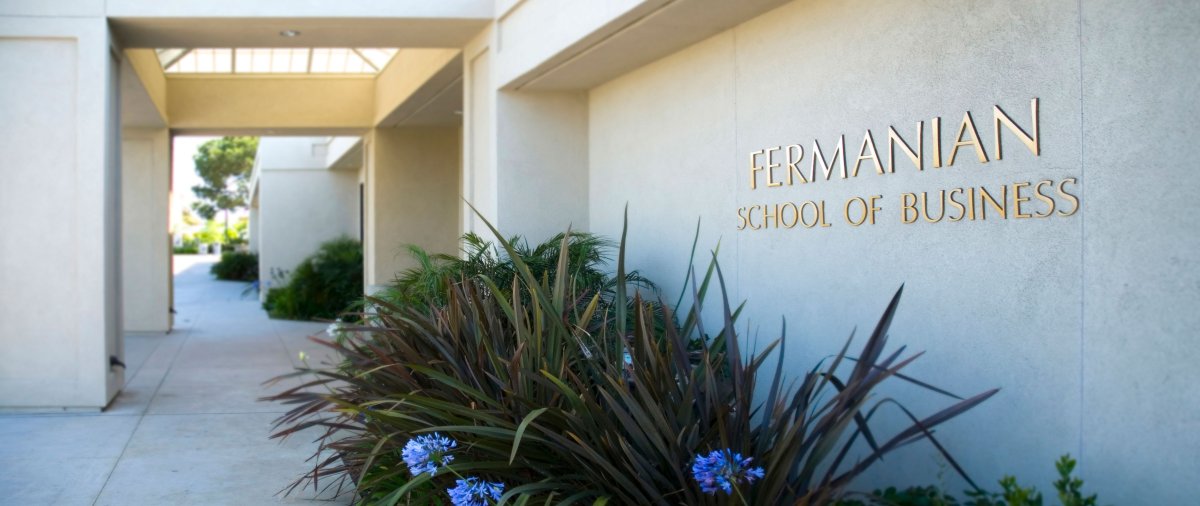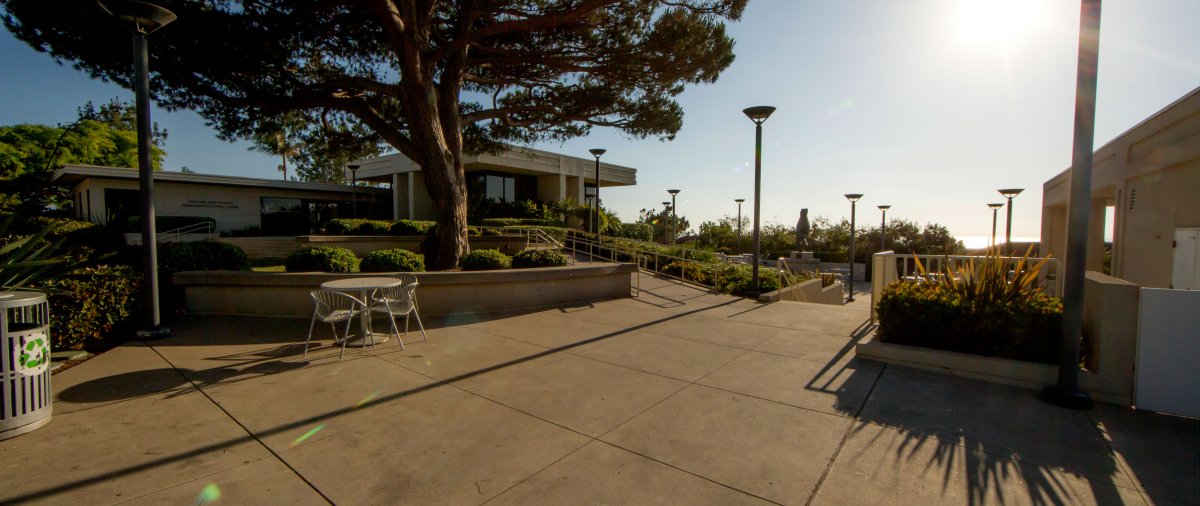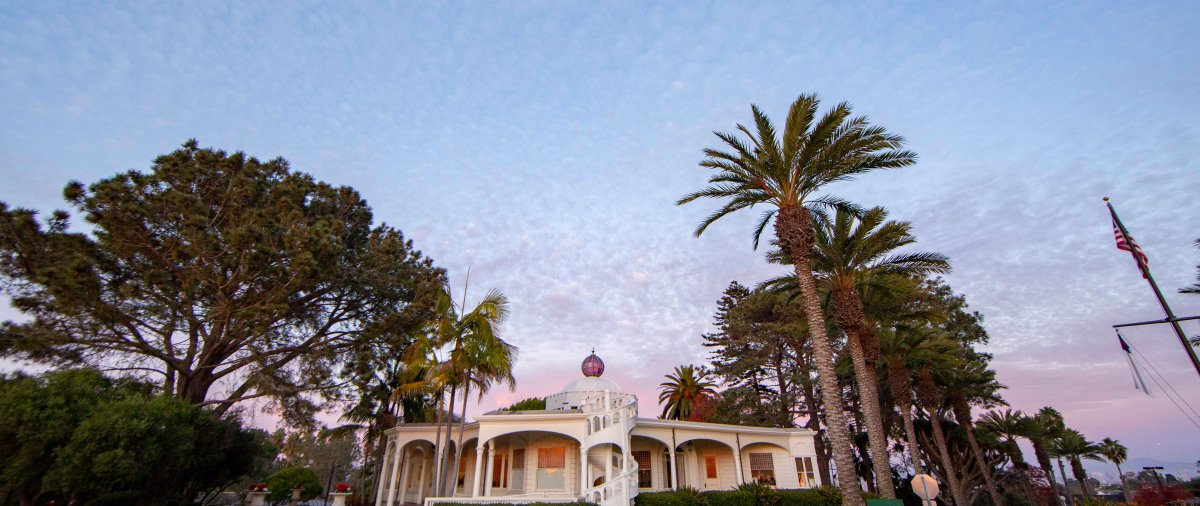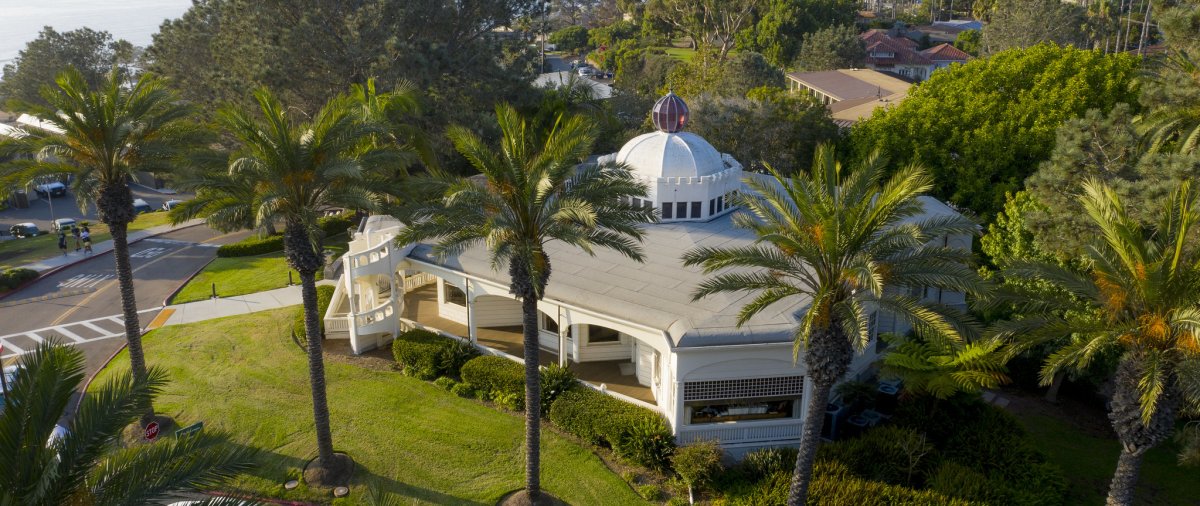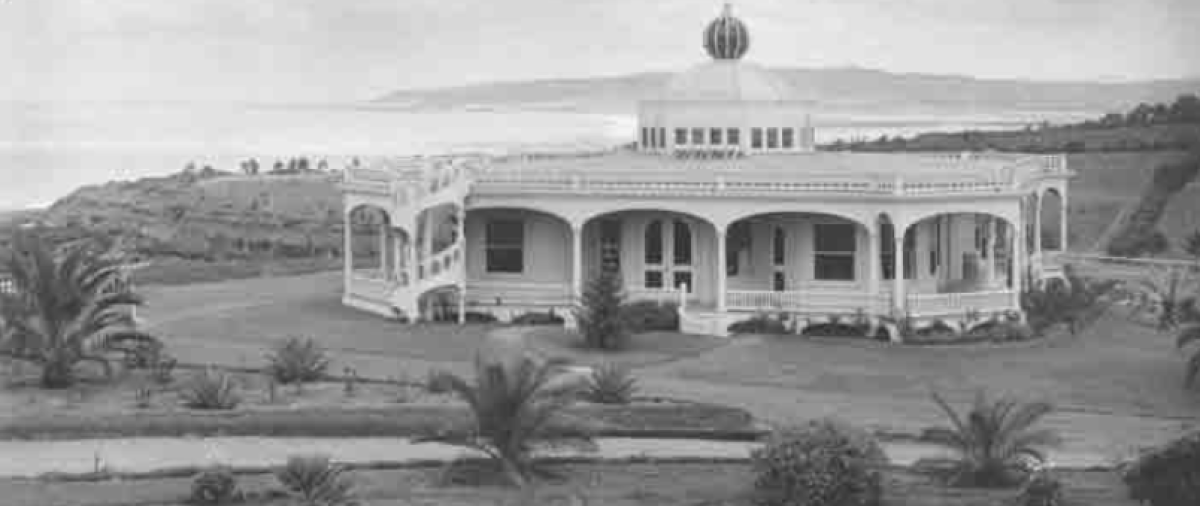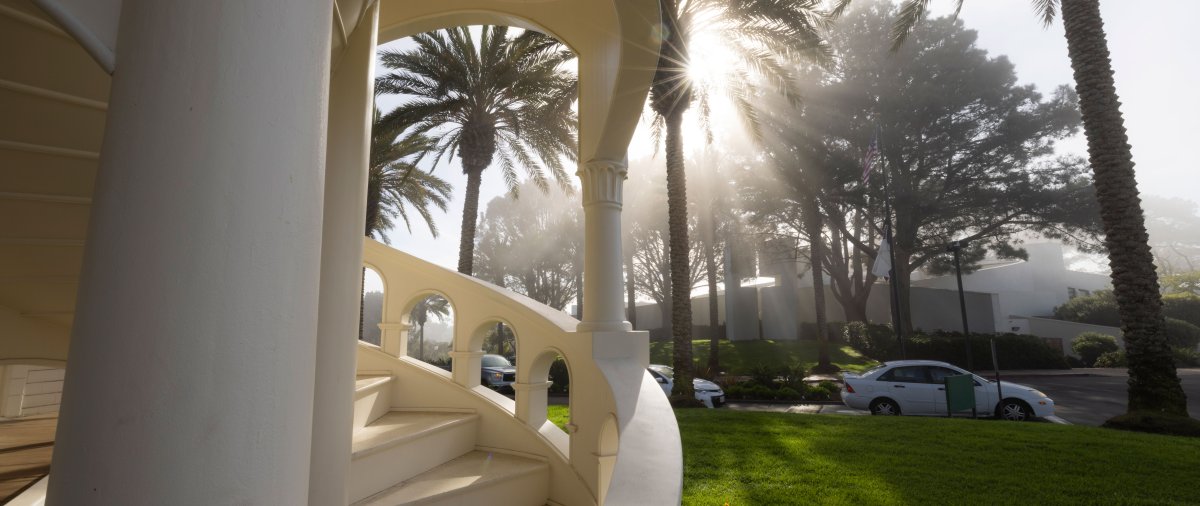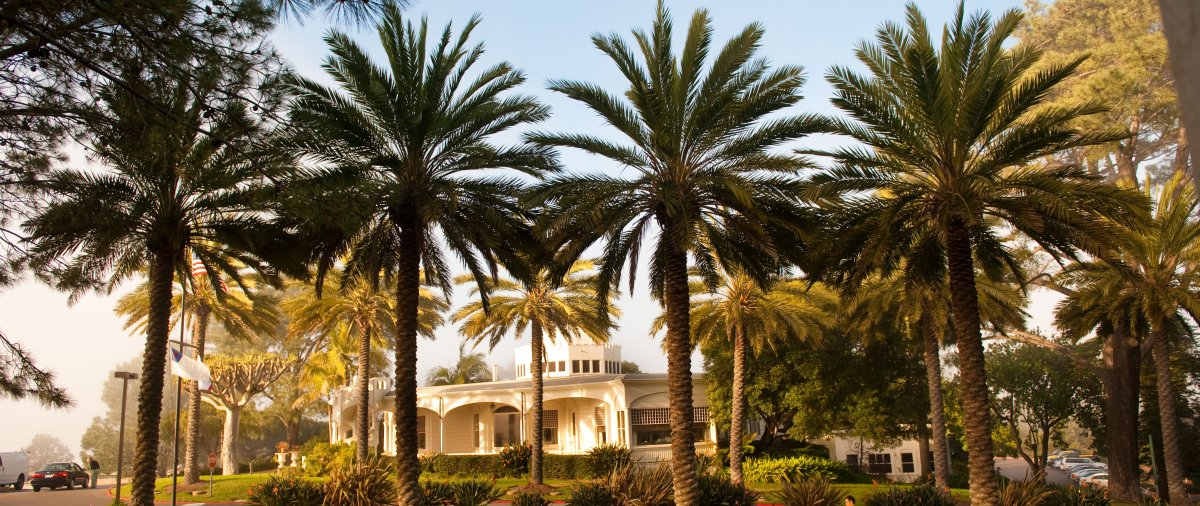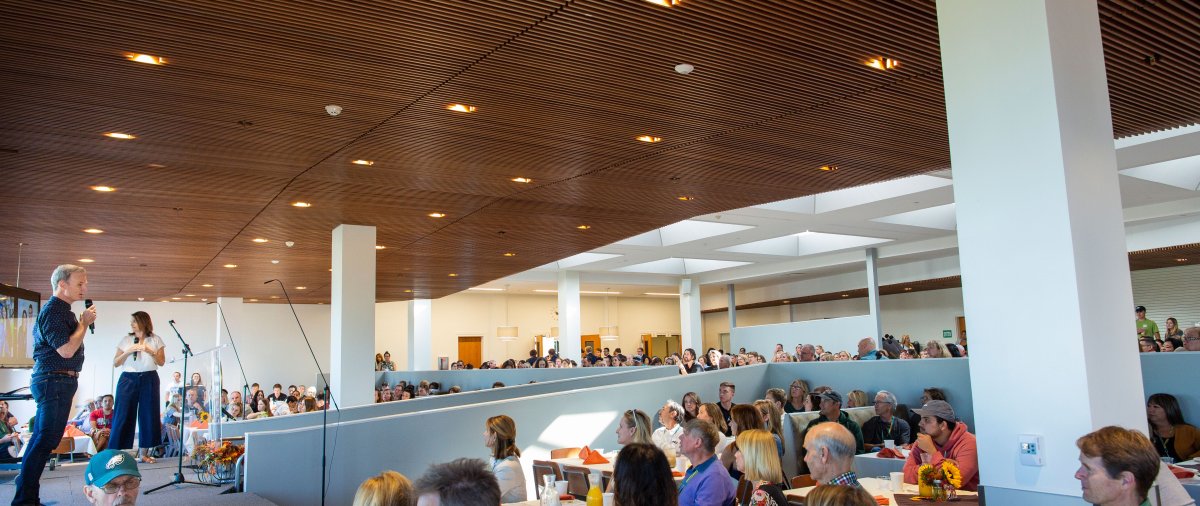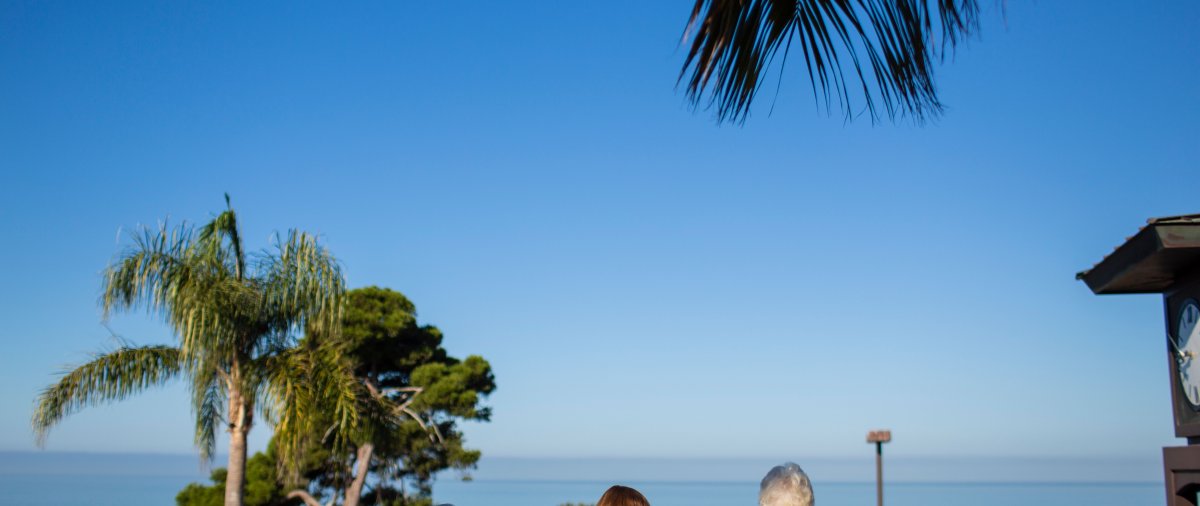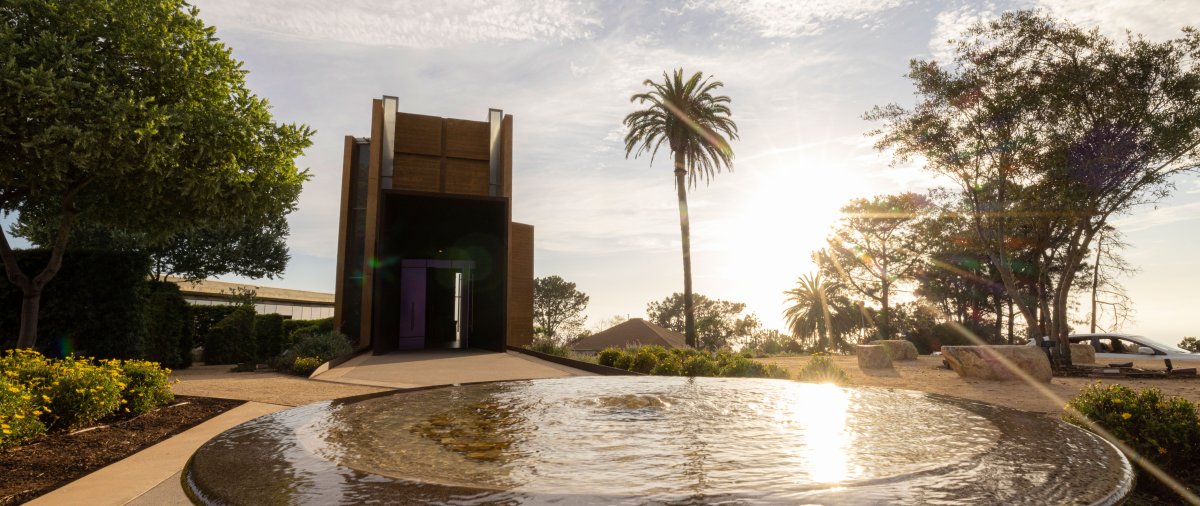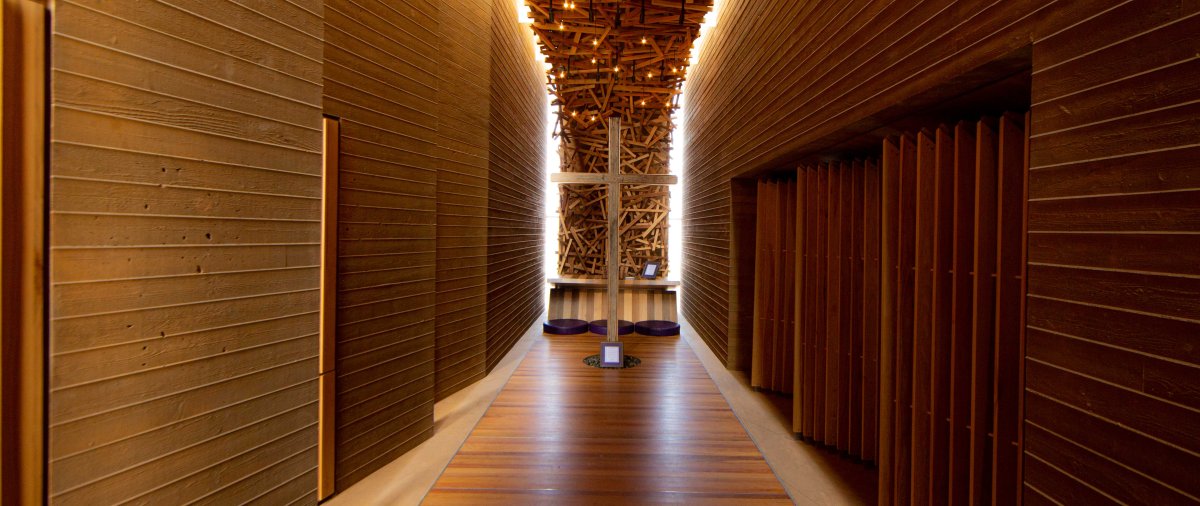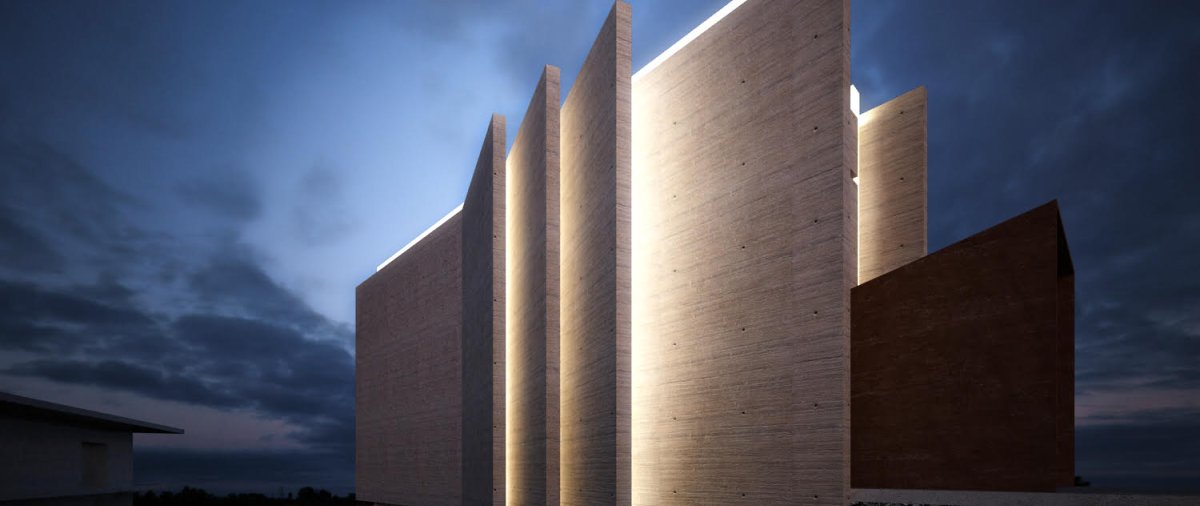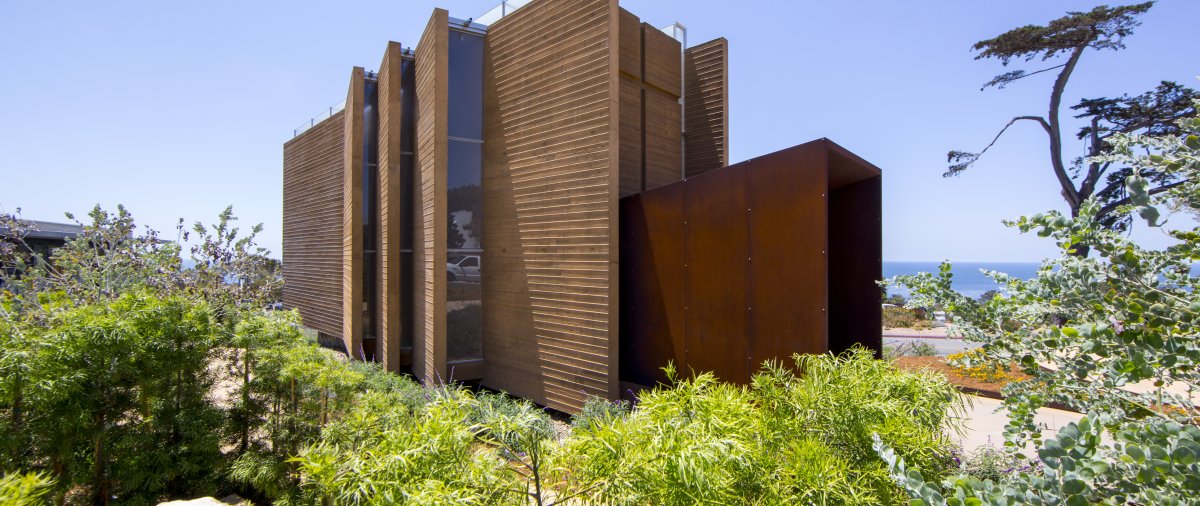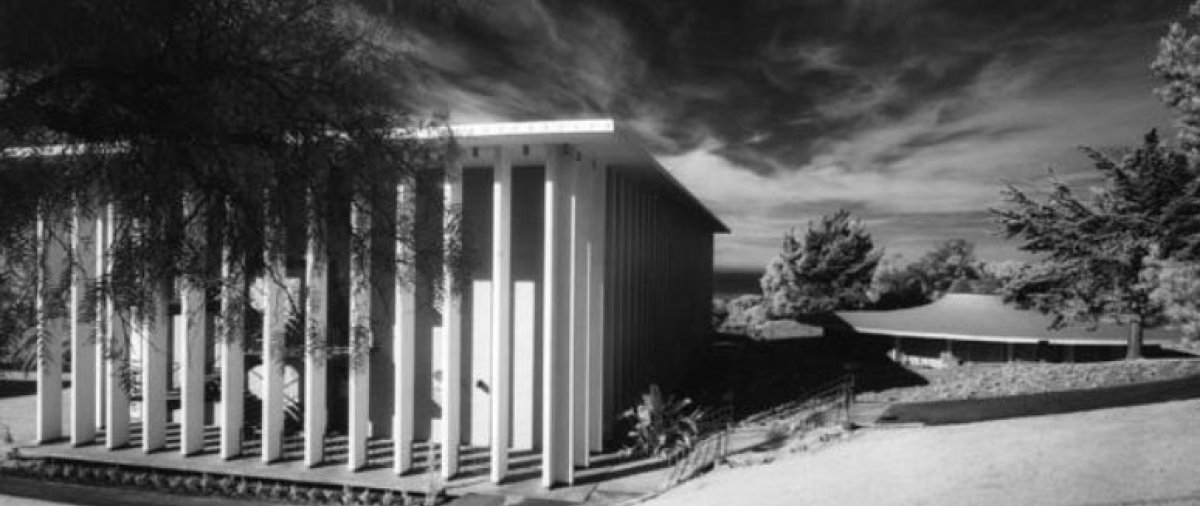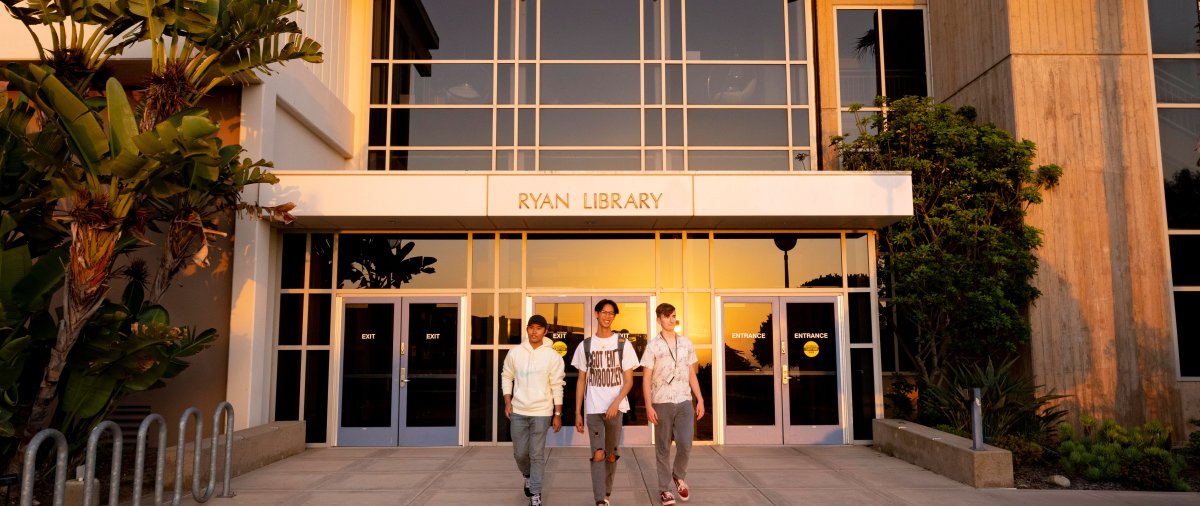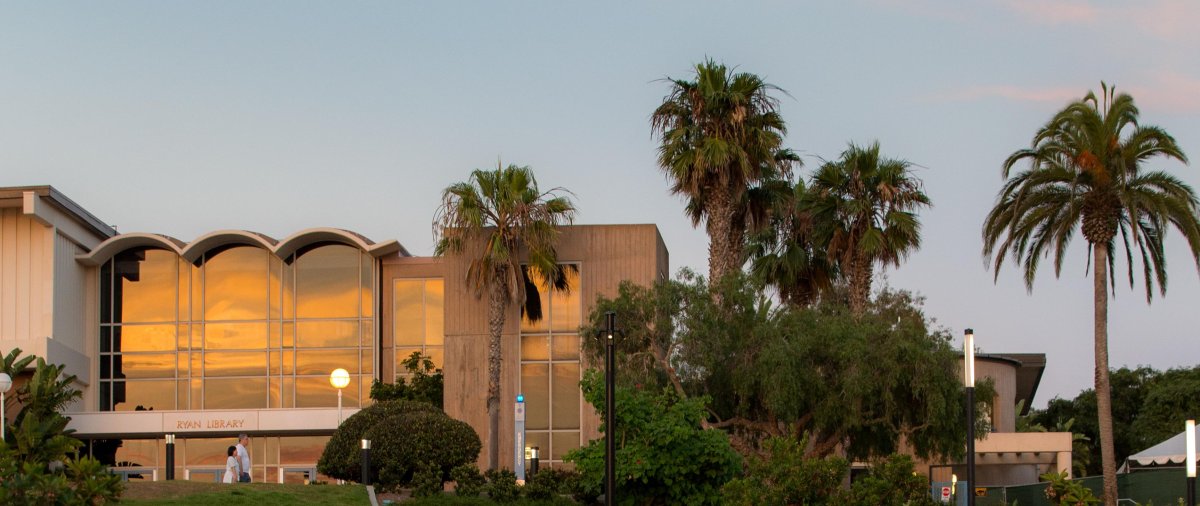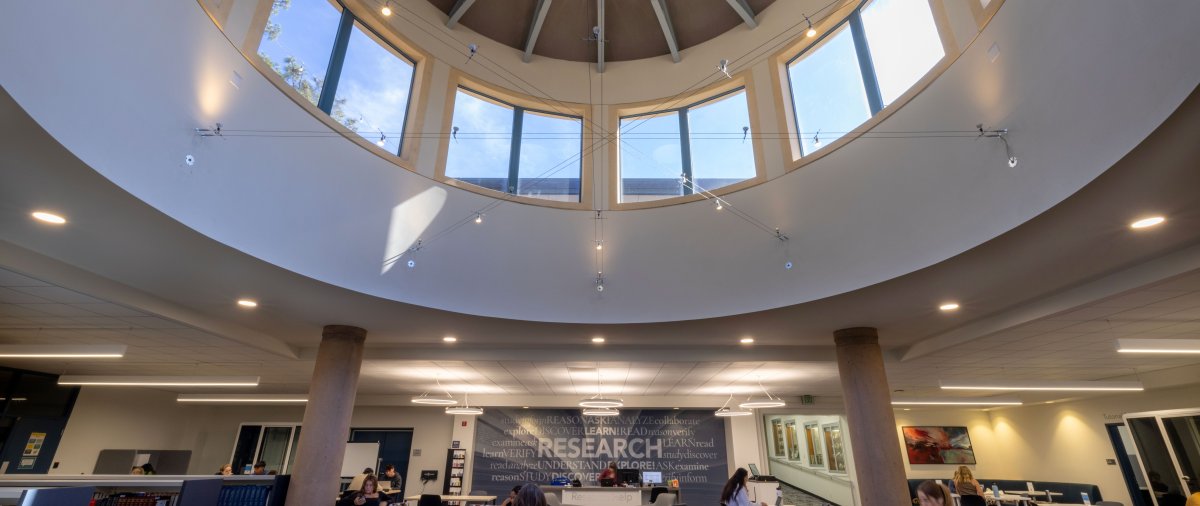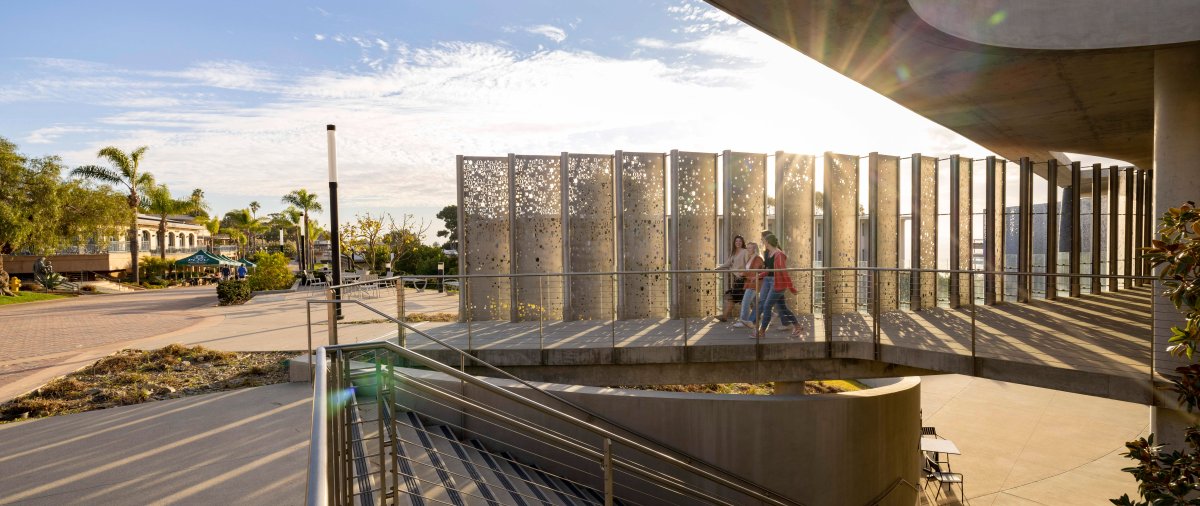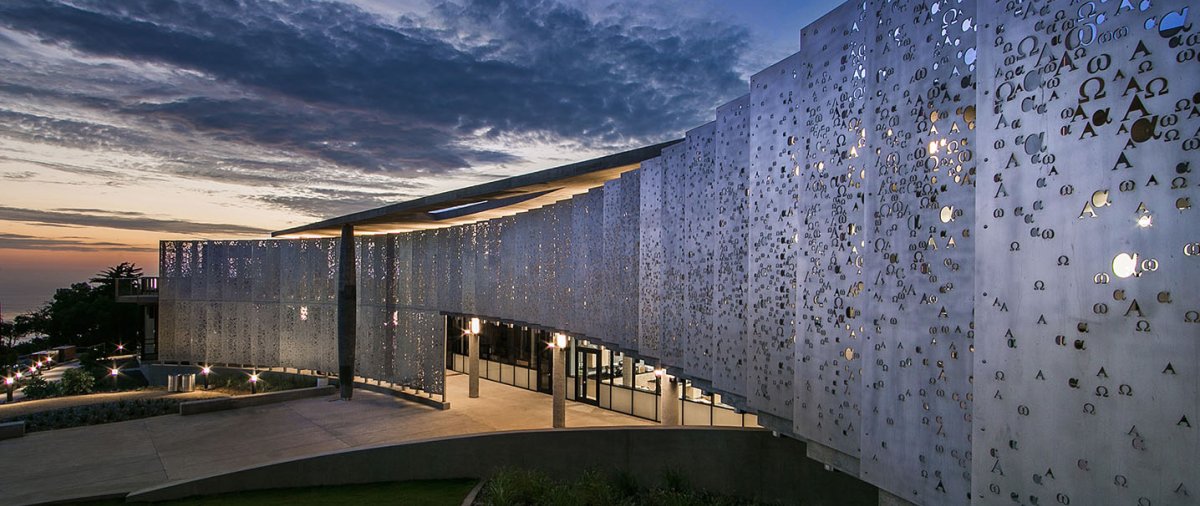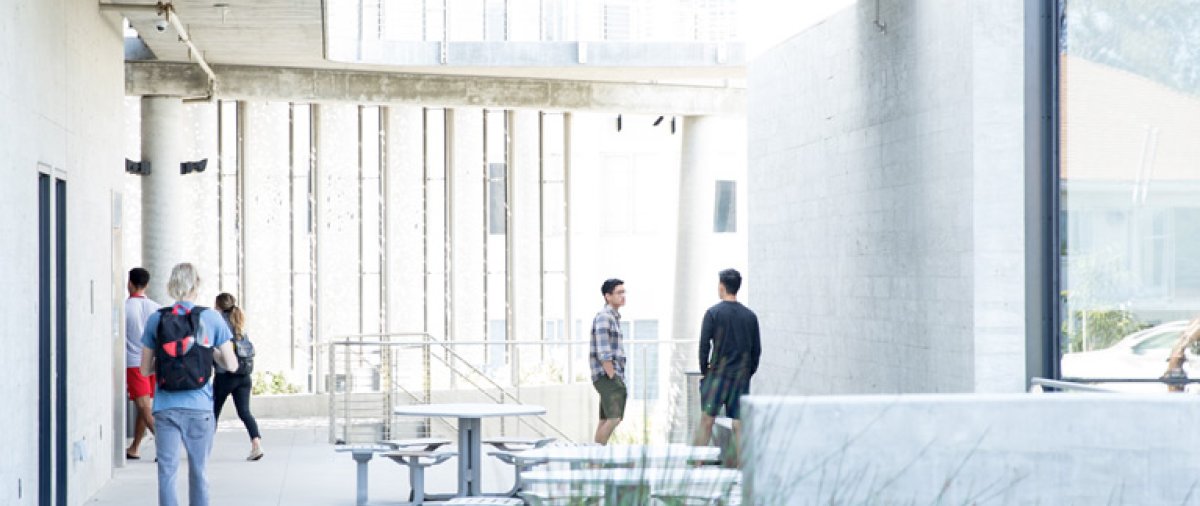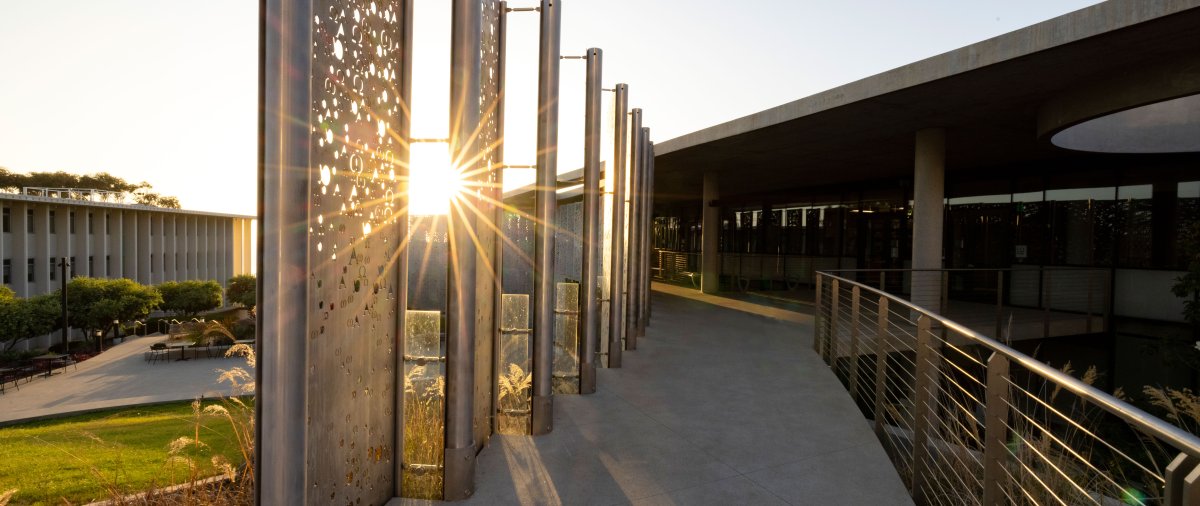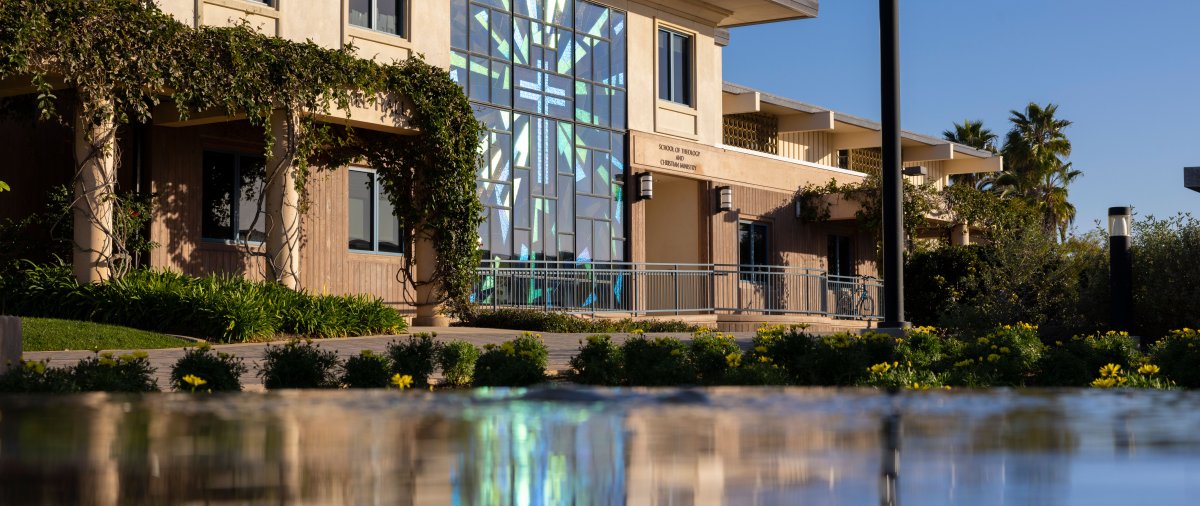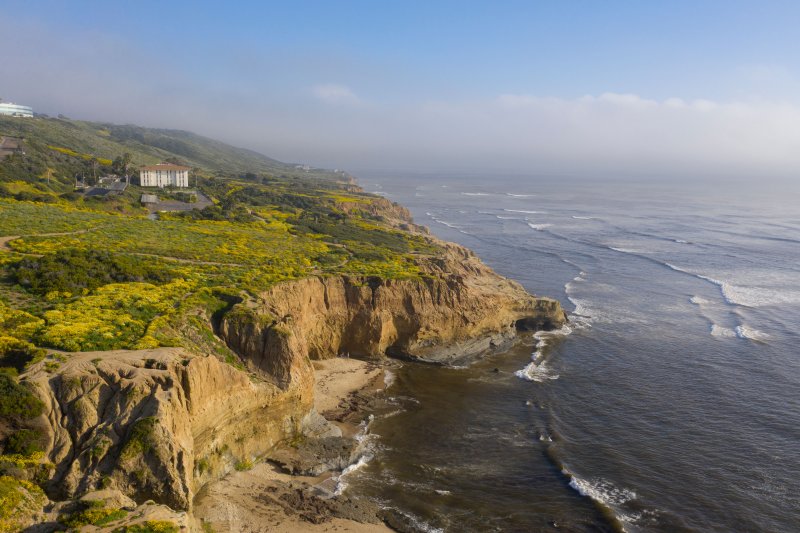
Each building on PLNU’s campus has a unique story and history behind how it received its name. The buildings serve as a legacy to honor those who they were named after.
Visiting Point Loma Nazarene University’s campus, you may be curious to know the origin of the buildings’ names. Many are dedicated to notable members of the private liberal arts university’s history and generous donors.
Buildings on PLNU’s Campus
Notable buildings on PLNU’s campus include but are not limited to the university’s alumni house, administrative and academic buildings, chapels, library and learning center, and commons. Read ahead to learn more about the origin and history of the following buildings’ names.
Bresee Alumni House
Located on the north side of PLNU’s campus is the Bresee Alumni House, a residence for visiting alumni, which has expansive views over the Pacific Ocean. The Alumni House is named after Dr. Phineas F. Bresee, the founding president of PLNU.
For more than 50 years, Bresee was a Methodist leader all throughout the U.S. In 1883, he relocated to the Southern Californian conference and was assigned various positions in Los Angeles. Living in the city, he witnessed poor communities being neglected by the church, which prompted Bresee to organize the First Church of the Nazarene in 1895, which opened its doors to people of all socioeconomic backgrounds.
Two years later, a group of women who called themselves the Bible College Prayer Circle came to Bresee, requesting a Christian college in Southern California. In 1902, Bresee became the first president of Pacific Bible College, later Pasadena College, which is now PLNU.
The Bresee Alumni House was built in 1902 and was an early residence of Theosophical Society leader Katherine Tingley. The home is decorated with Romanesque-shaped arches, a carved wooden fireplace, red tile roof, and is surrounded by a coiffed lawn.
Brown Chapel
When moseying up Lomaland Drive, it’s hard not to miss the grand engraving of the Cross that extends off Brown Chapel — not to mention the views of the Pacific Ocean across from its entrance.
Used by both PLNU and San Diego First Church of the Nazarene, Brown Chapel is a vicinity where all are welcome to celebrate Christ.
Brown Chapel was built in 1985 and was named after Dr. Shelburne Brown, Pasadena College’s president from 1964 to 1978.
In 1973, Dr. Brown led the move the university from Pasadena to the Point Loma peninsula. This was a momentous event in the university’s history, as it left many feeling uncertain about their futures.
Nevertheless, President Brown told the university’s faculty “I do not know all the details of what is involved in this undertaking, but am personally convinced that it is a providential opportunity for the present and for a greater future for the college.”
“I do not know all the details of what is involved in this undertaking, but am personally convinced that it is a providential opportunity for the present and for a greater future for the college.”
Via the university, Brown Chapel hosts four chapel gatherings a week where students, faculty, and staff are invited to engage in community, scripture, and worship. San Diego First Church of the Nazarene began worshiping at the center in 1986 after coalescing Point Loma Community Church of the Nazarene and the First Church of the Nazarene.
Bond Academic Center
Sitting across from Nicholson Commons on Caf Lane is the Bond Academic Center, home to PLNU’s Department of Literature, Journalism, Writing, and Languages, Educational Access Center, and Career Services.
The Bond Academic Center is named after Jim Bond, who served as PLNU president from 1983 to 1997. Bond oversaw several construction projects throughout the university and revamped enrollment records and spiritual development programs for students. His contributions provided more national recognition to the university and have aided it in becoming what it is today.
A devout Nazarene and basketball player from Pampa, Texas, Bond decided to attend Pasadena College in 1954 after receiving a scholarship, where he played for the Men’s Basketball team. Per The Pampa News, “after his sophomore year, Jim was chosen to go to the 1960 Olympics in Australia as an alternate player … [and] had been awarded two All-American titles.”
Following his bachelor’s degree, Bond obtained a “master of divinity degree from Nazarene Theological Seminary and the doctor of ministry degree from Fuller Theological Seminary,” and three honorary doctorates. This led him to pastor in Colorado, Idaho, Kansas, Oklahoma, and Wyoming, and occasionally preach in Colorado Springs, where he’s now retired.
Cabrillo Hall
To many San Diegans, Cabrillo rings as a familiar name. The Cabrillo National Monument sits on the tip of the Point Loma peninsula, and various Point Loma businesses, institutions, and streets have dedicated their names to Cabrillo.
All of these locations are named after Spanish explorer Juan Rodríguez Cabrillo, who led the first European expedition to the western U.S.
Per the National Park Service, “historians believe he anchored his flagship, the San Salvador, on Point Loma’s east shore near the land that bec[ame] Cabrillo National Monument” in 1542.
Nearly four centuries after Cabrillo’s arrival to Point Loma, what is now known as Cabrillo Hall on PLNU’s campus was built. Completed in 1909, Cabrillo Hall served as the International Center Headquarters and Brotherhead Headquarters of Lomaland, and the office for the Theosophical Society. In the years to follow, Katherine Tingley, founder of the Theosophical Society, made Cabrillo Hall her second residence in Point Loma.
The building is one of many on PLNU’s campus that exhibits Greek revival architecture. Decorated with redwood framing and a hexagonal, covered arched entryway, Cabrillo Hall is one of the remaining original buildings from Lomaland.
Colt Hall
Looking directly over PLNU’s track and soccer field and onto the Pacific Ocean is Colt Hall. Designated for the university’s Department of History and Political Science, Colt Hall was built in 1998 and named for Mrs. Clara Elizabeth Colt, who gave a $2 million gift to the university in 1999.
Cooper Music Center
Completed in 1995, Cooper Music Center houses PLNU’s music department offices, rehearsal facilities for instrumental and vocal groups, classrooms, recording and practice rooms, and the 400-seat Crill Performance Hall.
Cooper Music Center was dedicated to Frank and Gladys Cooper, former music evangelists in the Church of the Nazarene, who contributed a sizable gift to PLNU designated for the music center. The Cooper Parlor, on the north side of the building, is furnished with a collection of Gladys Cooper’s antiques.
Culbertson Hall
Nestled next to the Greek Amphitheatre is Culbertson Hall, PLNU’s Department of Psychology building. The hall was renovated in 1998 and named for the late Dr. Paul Culbertson, dean and admired professor of psychology.
Draper Hall
Housing the offices for Admissions, Student Financial Services, Students Accounts, and Business, Draper Hall was named in honor of former late President Bill Draper and his wife Frances (Draper) Warren. Prior to serving as PLNU president from 1978 to 1983, Draper was a pastor at the College Church at Olivet Nazarene University in Illinois. He also served as an administrator for the Church Relations at MidAmerica Nazarene University in Kansas.
During his time at PLNU, Draper partnered with Point Loma Community Church of the Nazarene and the First Church of the Nazarene to build Brown Chapel.
Fermanian Business Center
Dedicated in 2005, the Fermanian Business Center (FBC) hosts a lecture hall, faculty offices, an accounting lab, breakout rooms, and an ocean-facing multi-purpose student lounge.
The FBC was built thanks to the donation of George Fermanian, who originally established the center in 1990. Fermanian dedicated the building to his parents, Haig and Marion Fermanian, and was a successful Southern Californian land developer and builder. He attended and taught in the business department of Pasadena College/PLNU and also provided consultation for the expansions of PLNU’s Nease Residence Hall and Draper Hall.
Mieras Hall
Arguably one of the most striking buildings on PLNU’s campus is the university’s administrative building, Mieras Hall. Built in 1901 by the Spalding family, Mieras Hall was once home to the sporting goods tycoon and Baseball Hall of Famer Albert G. Spalding and is one of the remaining structures from the Theosophical Society era.
An octagon-shaped rotunda room remains in the center of the structure, each wall containing three amethyst-colored windows and skylights at the base of the dome. The exterior of the dome is crowned by a six-foot-tall amethyst-colored bulb.
Mieras Hall is named after the late president of the general board of the Church of the Nazarene, Wesley Mieras. Mieras worked alongside Dr. Brown in the prayerful negotiations of moving Pasadena College to PLNU’s current location.
Nicholson Commons
One of the busiest spots on campus is Nicholson Commons, which is most known for housing PLNU’s Dining Room. Point Break Cafe, Common Knowledge Bookstore, Recreation Room, Commuter and Veterans Commons, Wellness Center, offices for Student Life and Vocations, and the president’s and faculty dining rooms can also be found in the building.
Built in 1997, Nicholson Commons is named for Daryl and Vicky Nicholson, both alums of PLNU. Daryl currently serves as a member of the Board of Trustees and the PLNU Foundation Board.
Prescott Prayer Chapel
In 2018, PLNU hosted a dedication ceremony for the new Prescott Prayer Chapel, which replaced its 50-year-old predecessor. Sitting at the heart of campus, the structure provides a peaceful setting for prayer and spiritual reflection.
The Prescott Prayer Chapel was named after Pasadena College alums Lyle and Grace Prescott, who were missionaries throughout the Virgin Islands, Cuba, and Puerto Rico.
More history on the original Prescott Prayer Chapel can be found here.
Rohr Hall and Rohr Science
Rohr Hall sits adjacent to the Fermanian Business Center, while the Rohr Science building is located in the center of PLNU’s campus.
Rohr Science was built in 1963 and was officially dedicated to Mr. and Mrs. Fred Rohr in 1968 for their generous donations to California Western School of Law when it was located in Point Loma.
Per the San Diego Union-Tribune, Rohr’s business, “Rohr Aircraft Company, played a major role in U.S. military aviation in WWII.” Prior to manufacturing airplanes, Rohr served in the U.S. Navy during WWI until he moved to San Diego in 1924. Notably, he was one of the four members who built Charles Lindbergh's plane that flew across the Atlantic on the 1927 flight, the Spirit of St. Louis.
The Rohr Aircraft Company is attributed to Chula Vista’s exponential population growth between 1940 and 1955, which rose from 4,000 to nearly 30,000 residents.
Ryan Library and Ryan Learning Center
Constructed in 1961, the original Ryan Library building belonged to California Western University. The project was funded by American aviator Tubal Claude Ryan. Per the San Diego Air and Space Museum, Ryan “... established the Ryan Flying Company in San Diego … [and] the first year-round passenger airline service in the United States in 1925.” He also founded Ryan Airlines, the company that built the Spirit of St. Louis, yet sold the company before then. In the early 1930s, he founded the Ryan Aeronautical Company and Ryan School of Aeronautics, which educated 22,000 pilots during World War II.
Ryan Library houses over 165,000 volumes, an original Norman Rockwell painting, and a portion of the campus’ Spiros John Karras Plein air painting collection.
In 1994, the Ryan Learning Center was added on the east side of the building structure, which consists of classrooms, Information Technology Services, Media Services, and a television production studio.
Sator Hall & Latter Hall
Sitting in the center of PLNU’s campus is Sator Hall, a facility dedicated to biology, chemistry, and anatomy lectures and research. Adjacent to Sator Hall is Latter Hall, which includes Wasson SeaView Terrace, a rooftop terrace that overlooks the Pacific Ocean. The Wasson SeaView Terrace is dedicated to Wes and Heidi Wasson, parents of a PLNU nursing student. The halls were designed by San Diego-based architectural firm Carrier Johnson + Culture and completed in 2015.
In 2016, the PLNU science complex received the Gold Nugget Grand Award for Best Educational Project through the Pacific Coast Builders Conference. Sator and Latter Hall also received LEED Gold certification from the U.S. Green Building Council.
Latter Hall is named after David Latter, the first business graduate of Pasadena College. After graduating in 1950, Latter began working for his family’s business, Morehouse Foods Inc. As he advanced in the business, he continued to invest back into PLNU.
Latter generously donated to PLNU in many ways. PLNU Vice President for University Advancement Kelly Smith explained how Latter “... invested in PLNU for decades, funding programs and scholarships all over campus, and was inducted into the PLNU Hall of Fame in 1982 for his meritorious service to the athletics program.”
Latter is also recognized for his commitment to raising student scholarship funds. His last gift was deemed critical to the success of Green4Gold 2020, which raised over $1 million.
More information on Latter’s legacy can be found in PLNU’s Viewpoint Magazine.
Smee Hall
One of the first structures on Caf lane is Smee Hall, home to the School of Theology and Christian Ministry, the Center for Pastoral Leadership, and the Wesleyan Center for 21st Century Studies.
Smee Hall was completed in 2008 and fosters a 10-foot-high stained glass cross. The cross, designed by former dean of the College of Arts and Sciences Dr. David Strawn, exudes his desired theme, “life emanates from the center of the cross.”
More information on the hall’s stained glass windows can be found in Viewpoint Magazine.
The hall is named for members of the Smee family, PLNU alums Gary and Debbie Smee, who were lead donors of Smee Hall. Gary currently serves on the Board of Trustees and is the president of the PLNU Foundation Board.
Curious to Learn More?
More information about PLNU’s San Diego Christian University history can be found here.
